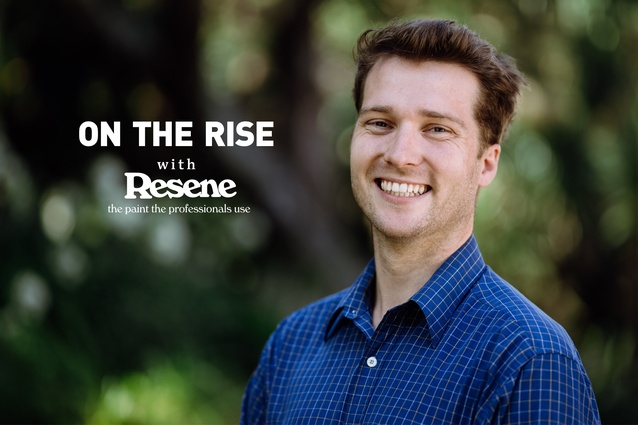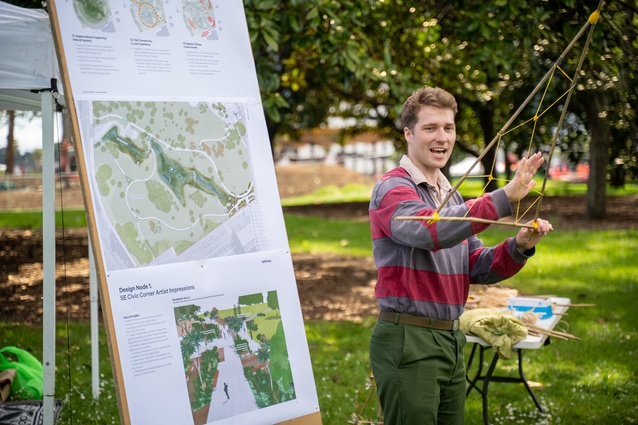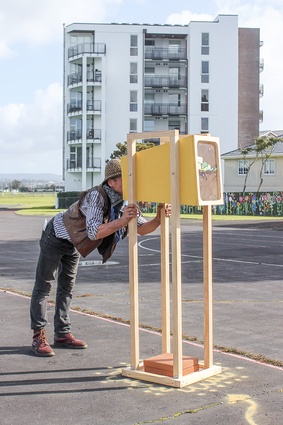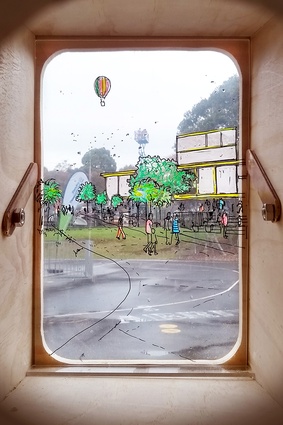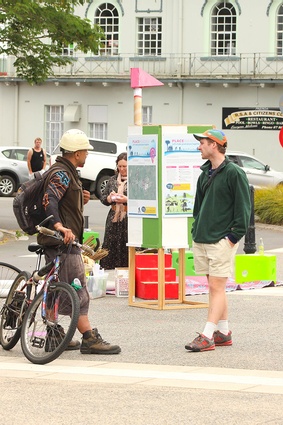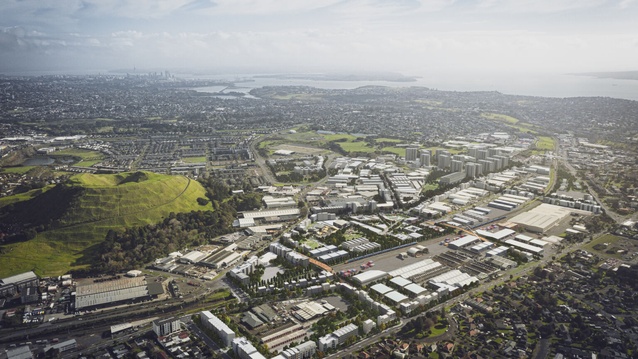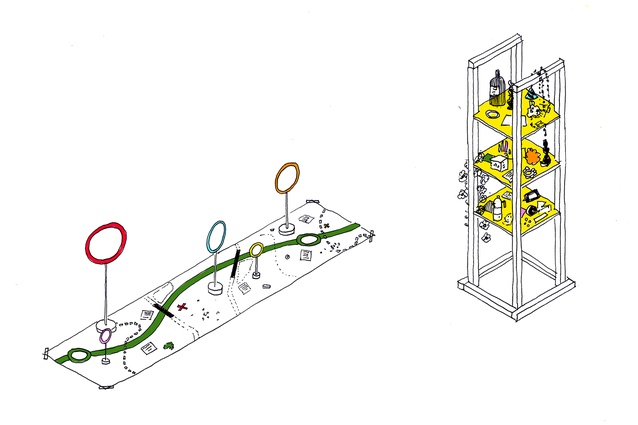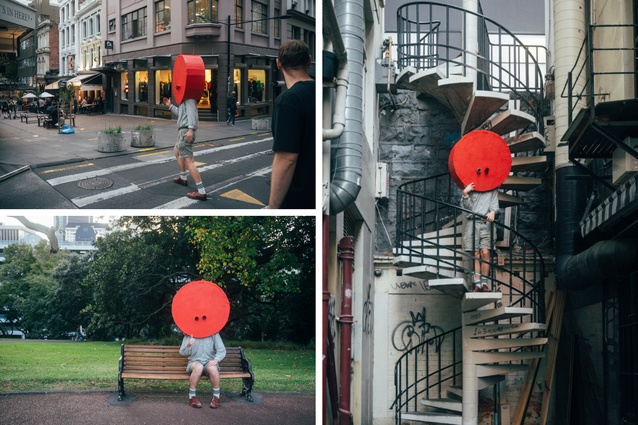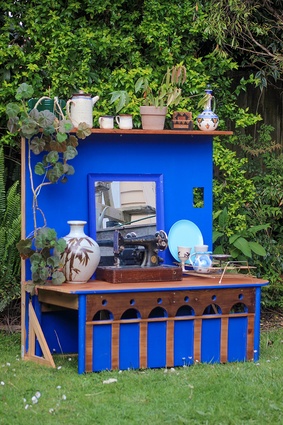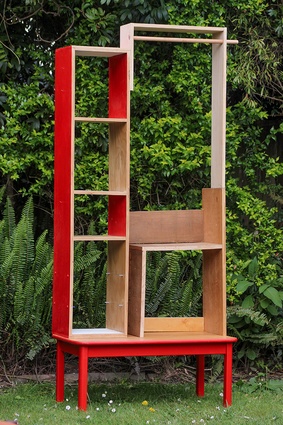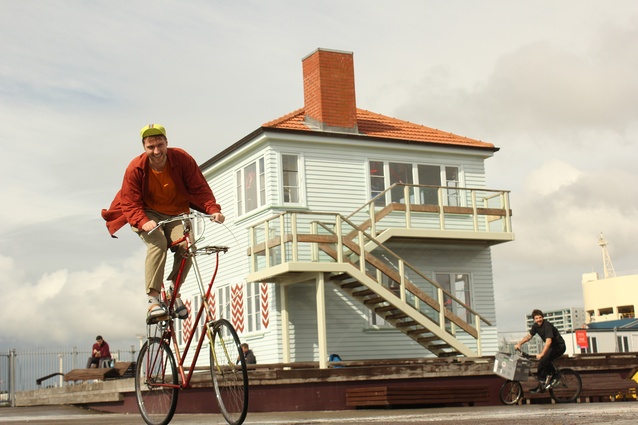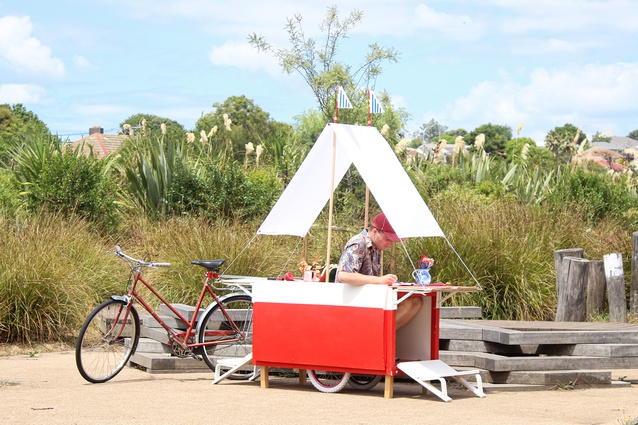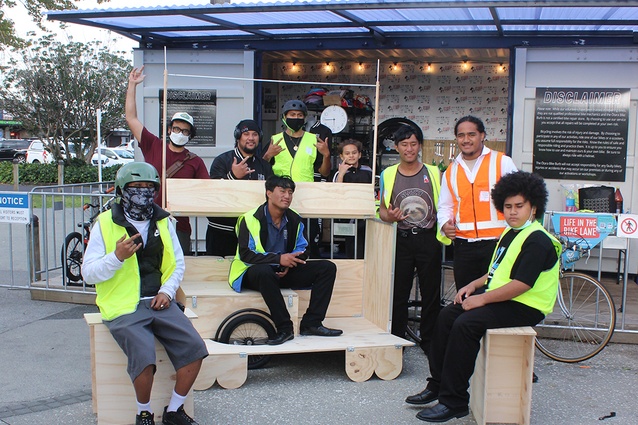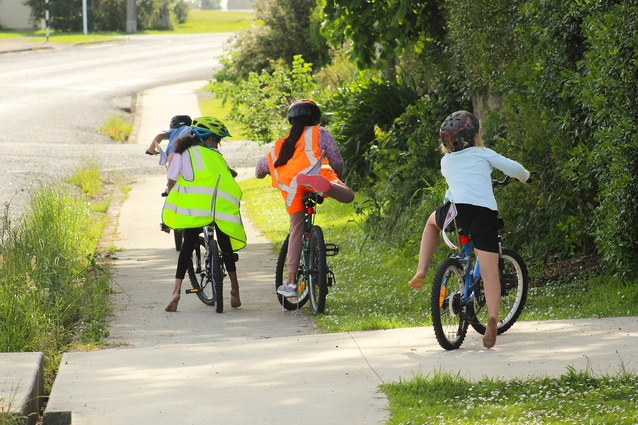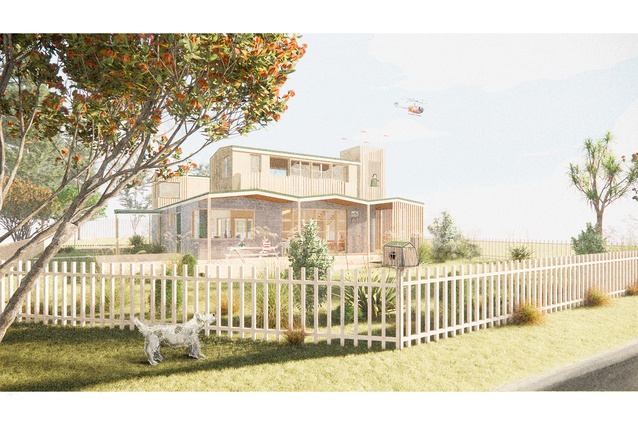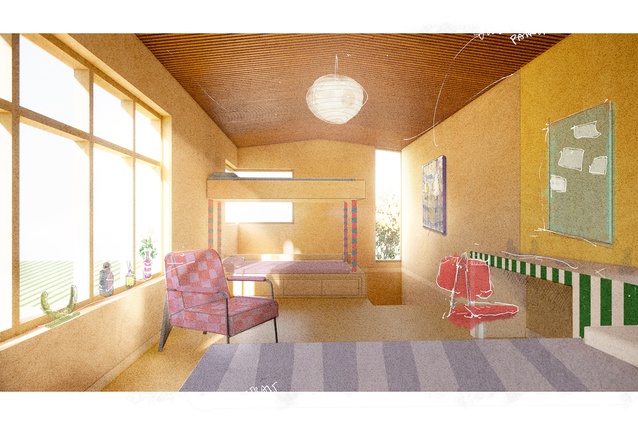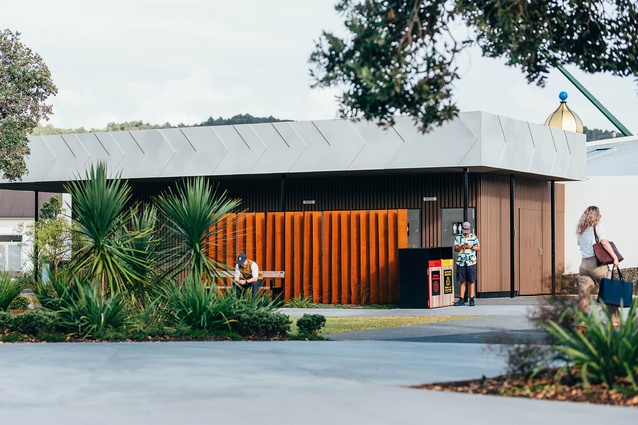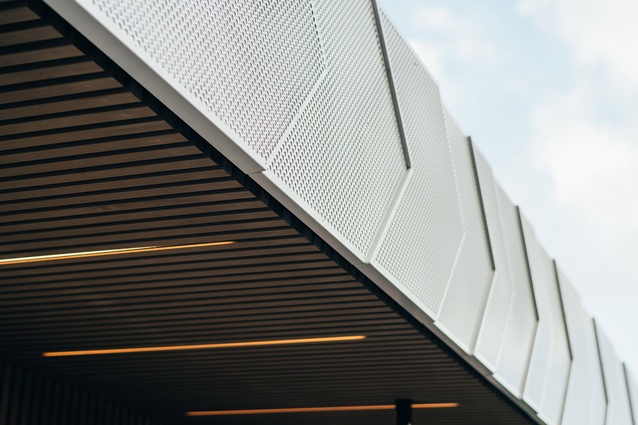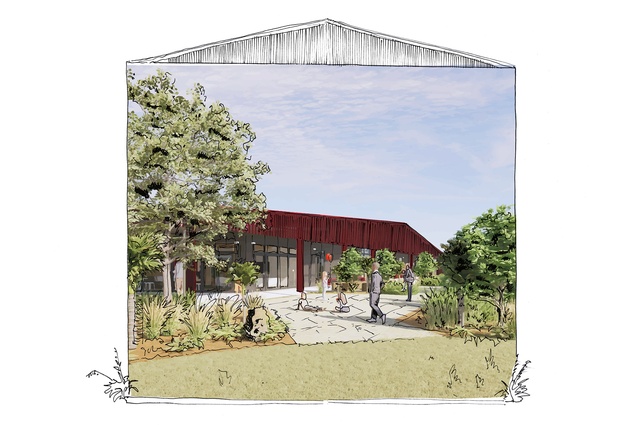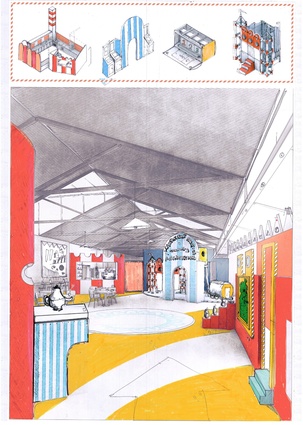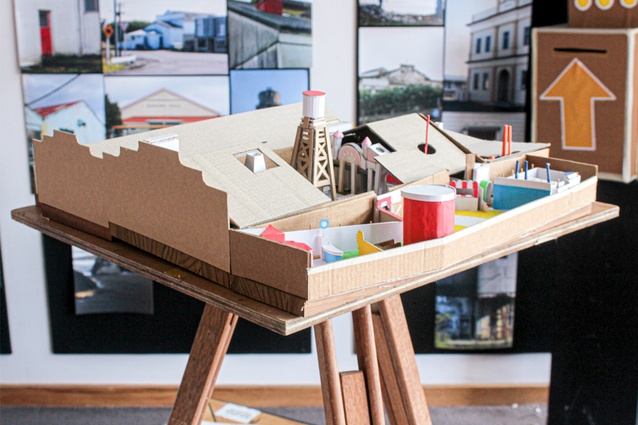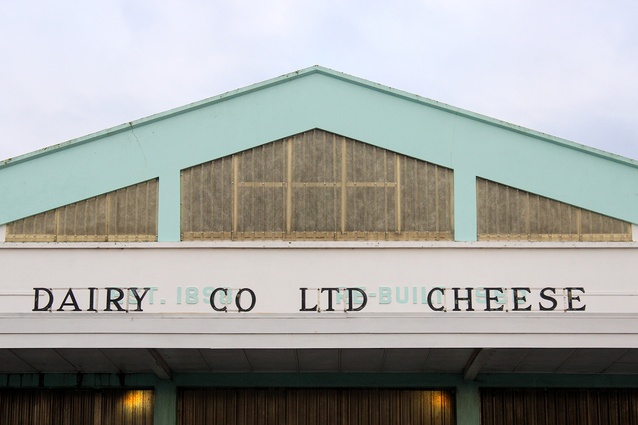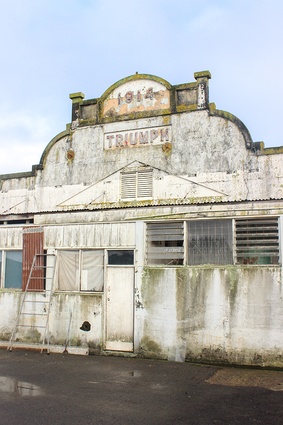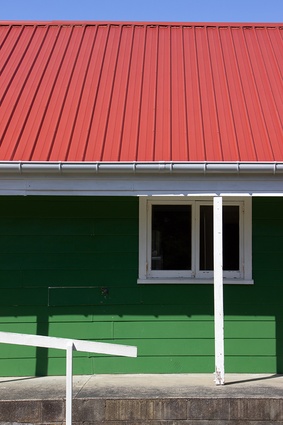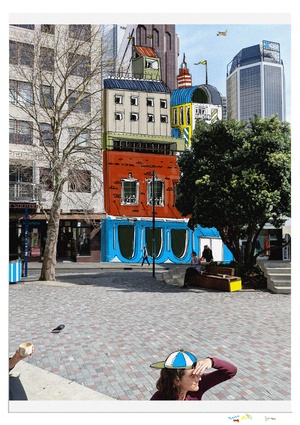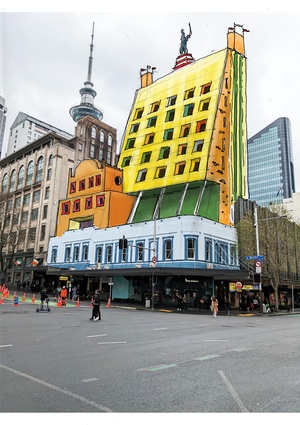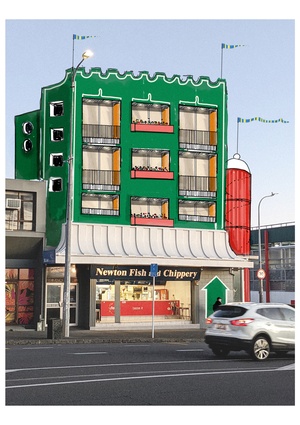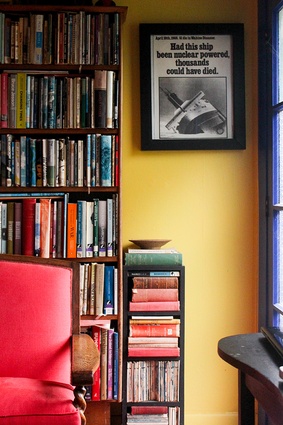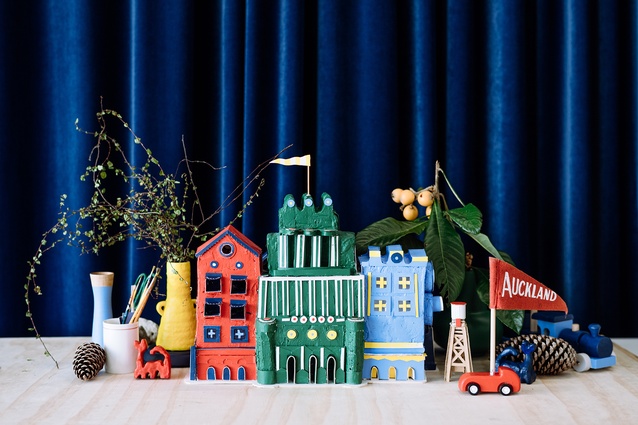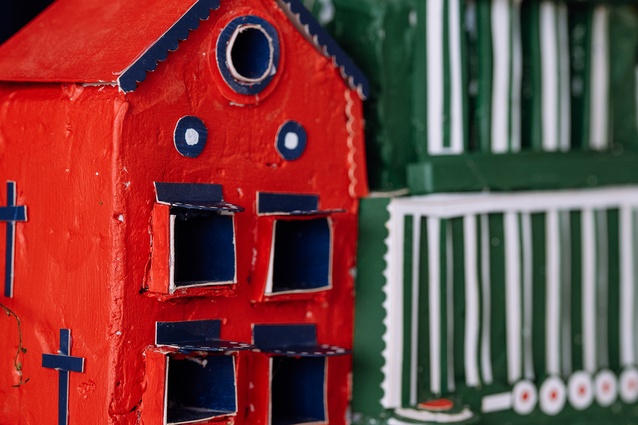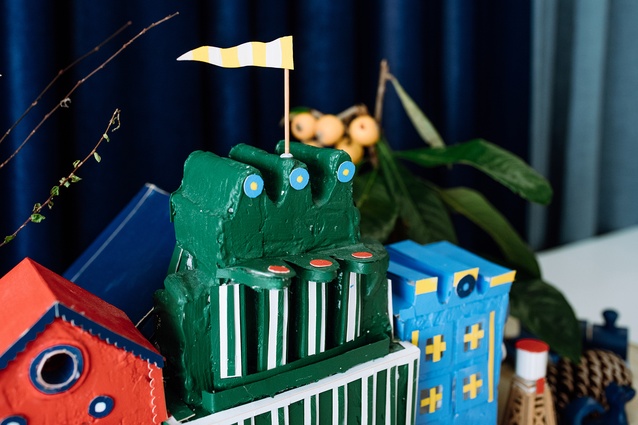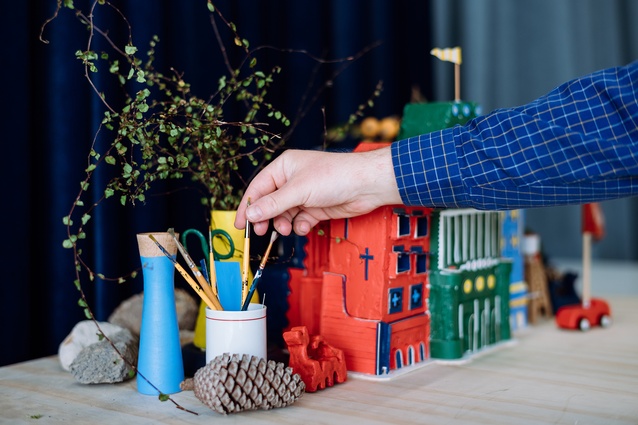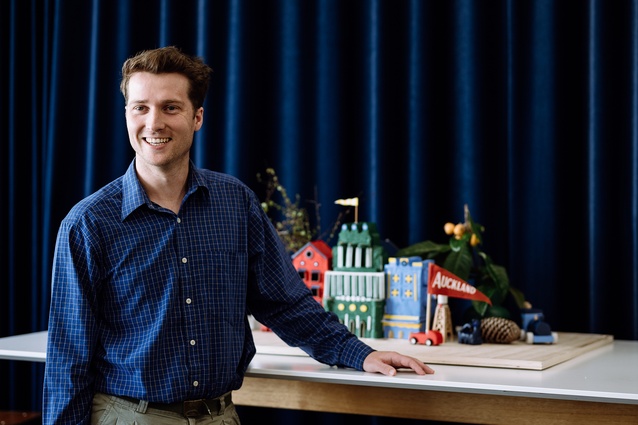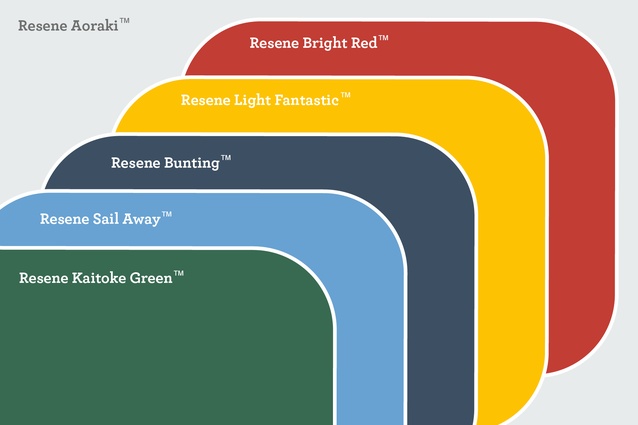On the Rise: Finn Forstner
ArchitectureNow’s On the Rise series, supported by Resene, profiles young designers from across the country who are shaping the future of the industry. Here, we talk to Finn Forstner, an architectural graduate who occupies the ‘in-between’ at a cross-disciplinary practice whose name exemplifies this: Isthmus — a land between two waters.
Jacinda Rogers (JR): I understand you are originally from Northland but now reside in Tāmaki Makaurau Auckland. How has this impacted your practice?
Finn Forstner (FF): My roots in Northland have led to a fascination with the dichotomy between urban and rural.
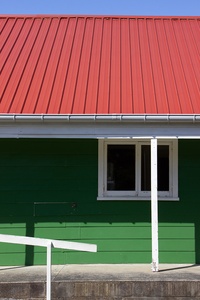
Since leaving home to study, I’ve had a yearning to return to the small towns of Aotearoa New Zealand. There is a clarity and a beauty in the country that I can’t find in the city and it activates a different part of my brain.
In small-town New Zealand, random conversations with strangers feel welcome, time with others is highly valued and a collective spirit to thrive is the lifeblood of the cafés, bakeries, op shops and community halls that people congregate in.
I have a huge amount of nostalgia for the freedom a small town gave me growing up: freedom to explore, freedom to engage with the world around me, and a freedom to express myself, which our cities haven’t quite managed to replicate.
JR: From your perspective, what design kaupapa is needed to better serve rural communities in Aotearoa?
FF: Through the projects I’ve been exposed to during my three and a half years at Isthmus, I have observed that the development of design ideologies often begins in urban areas, to solve urban issues.
Yet, in a historically rural country, other parts of Aotearoa have been calling out for genuine analysis and engagement from the design profession for many years.
This call is not just about building in the regions but about finding a design approach that engages with regional values and the unique systemic conditions of a place by bringing the people who experience them to the forefront.
There is much we can offer rural areas as built environment professionals. Modernising industry, maintaining and preserving heritage buildings and providing a new rural model for housing, to name a few. The bottom line is that small-town New Zealand needs investment — not just with money, but with people’s time.
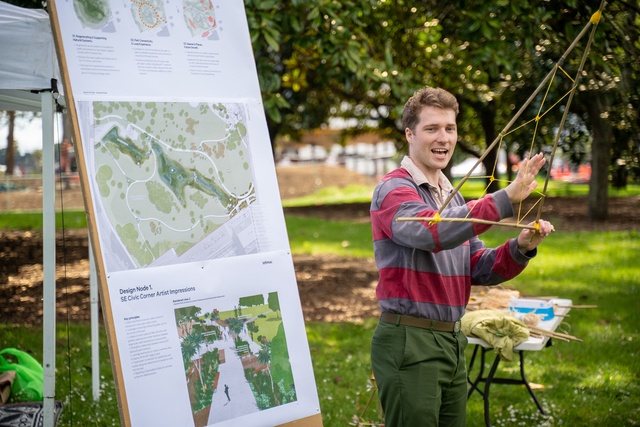
JR: What is your approach to community engagement?
FF: I brought to Isthmus my thesis exploring what a design practice centring itself around participatory processes could look like, and from the outset, they enabled me to test this with the work already being done in this space.
I’ve found the most rewarding approach is to engage people in their own problem-solving through clear design processes and inclusive production of output.
In order to engage the community, they must feel empowered to offer their opinion, so designing at a scale which people can interact with and feel a genuine ability to influence is essential.
One way I encourage community activation is through events/ prototyping/ public art as a means of drawing people into a conversation while distilling big ideas into a digestible format.
A fundamental part of this is learning about community groups and community funding structures as a means of making architectural design accessible to a wider group of people.
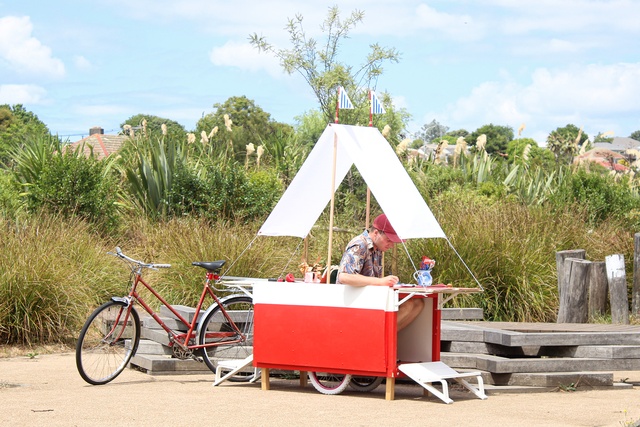
JR: How has your interest in community-driven design manifested itself in your role at Isthmus Group?
FF: As participatory design lead at Isthmus, I was able to progress my interest in community design and the importance of proper processes.
This role has given me continuous opportunities to explore how community input can be woven into what we do alongside some of the best facilitators and community codesign advocates in Aotearoa.
These opportunities have broadened my understanding through exposure to large-scale masterplanning work, landscape architecture and architecture, and taught me about the wider ecosystem in which our profession fits.
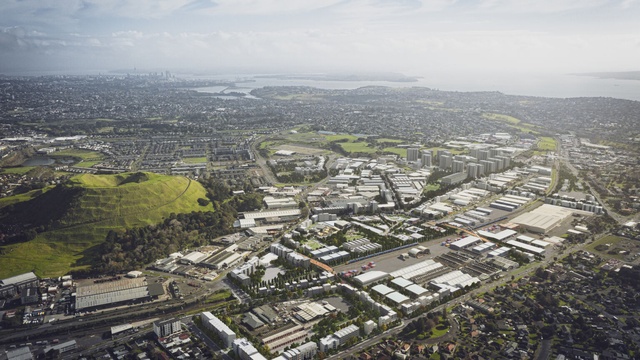
JR: Creatively, what inspires your architecture practice and are there any other areas you’re passionate about exploring?
FF: Architecture is the macro scale of my creative ideation. I am constantly seeking to tweak and fix things, whether this be my love affair with old scrap bikes or my foray into making furniture.
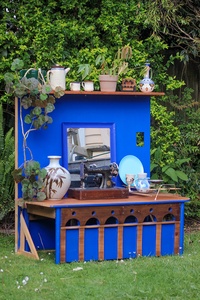
I have a hodgepodge approach of using whatever materials and fixings I have on hand to solve an issue. Often resulting in unique objects that work as well as the original… almost.
An object or a design is never finished in my mind, and I always leave space for an addition or a change of function. In my every day, this attitude is evident in the way my personal belongings and furniture morph and transform to every new flat and, in architecture, it is manifested by creating space for someone to add their personal touch or adapt to new functions.
My fascination with repurposing the existing extends to a desire to be involved in an adaptive reuse project in the future. I’ve always admired projects that save an old building and give it a new life with added character.
During my thesis year, I spent a bunch of time travelling around the North Island taking photos of old Co-Operative Dairy Company buildings and there was never anything better than seeing the ones the community had claimed back. …Turning butter-churning sheds into market halls and in the process adding so much life into what otherwise would be left to deteriorate.
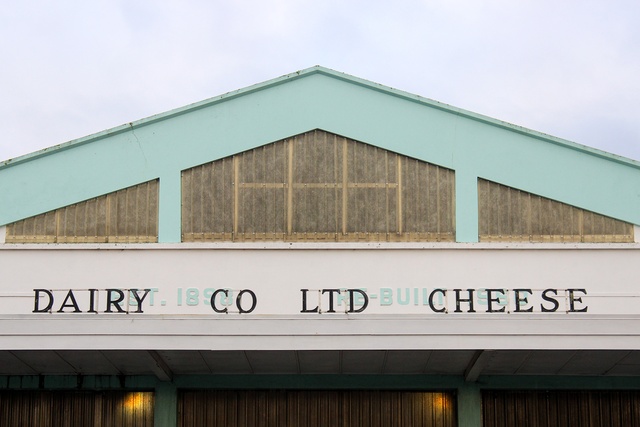
JR: What sort of lifestyle would you like to support with your architecture?
FF: A natural progression of my enamourment for fixing bikes and the freedom to explore is my passion for active mode advocacy in the design field. This has led to the many bike-based projects I’ve been part of with the purpose of introducing more infrastructure for active modes across Aotearoa New Zealand.
Not only do active transport modes like biking, walking, running etc. offer convenience, but by getting out and about, people actively engage with their city/town and the other people living in it. The highlights of this work in communities, are the friendly people you meet, and the realisation of how incredibly lucky we are to live in this country.
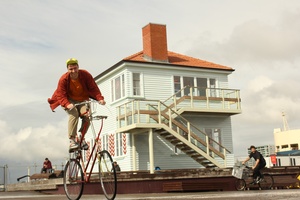
It also tends to shine a light on some not-so-nice things like rubbish in places it shouldn’t be, a distinct feeling of being unsafe, and a clarity of how we have underinvested in public infrastructure. These things all become talking points about how it is actually pretty difficult to get around and participate in our community in the way many would like.
Through active mode advocacy, I have had more meaningful and open conversations about people and place here in New Zealand than in any other design space and I wish to integrate the learnings from these conversations into my work in architecture.
To help draw more attention to this cause, I built a ‘tall bike’ with a mate and have designed and constructed bike trailers that I take to community gatherings for the purpose of sparking and prompting design discussions with these local communities.
JR: Architecture and community work must be quite challenging at times. What helps you to keep things in perspective and stay positive along the way?
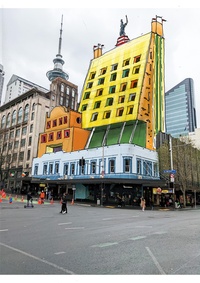
FF: I have a certain knack for keeping things light-hearted and not taking things too seriously.
A carefree nature was something I developed growing up. It was imparted to me by my parents and is also embodied in our family home which is full of bright colours, books, art, and models.
I have cultivated this attitude into lots of little projects where the focus is on making design fun and not getting bogged down by the complexities of a typical day’s work. One of these projects is an ongoing series called Occupy the City where I sketch over images of empty or underdeveloped sites across Tāmaki Makaurau.
I’m also a big music guy in terms of always needing something playing, whether it be on my ride to work or hanging around the house on the weekend. In particular, I have a fondness for dancing in the kitchen, which has in turn, led to a preference for specifying timber wood floors in my architectural designs.
JR: Lastly, tell me about your mood board Resene colour selections? How did you land on this colour palette and what does it represent to you?
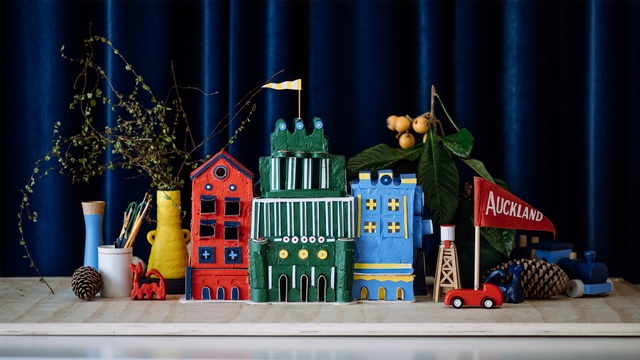
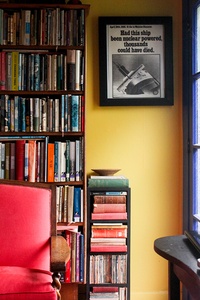
FF: My Resene colour selections are centred around a playful model in a similar vein to my Occupy the City sketches that exemplifies the carefree and bold design language I admire. There is a childlike abandon to it, but it’s in this letting go and allowing your mind to play with form and decoration without restraint that makes design fun and ensures the final result has enjoyment baked in. This approach is an inherently open one that invites people to engage by not taking itself too seriously.
The colour palette I have selected is naturally bold. Resene Kaitoke Green holds centre stage — a rich and natural bush green that grounds the colour scheme. Its supporting cast is lively with Resene Bright Red, Resene Sail Away and Resene Light Fantastic, each providing a burst of primary colour that makes the forms ‘pop’ against the background. Resene Bunting pulls the darker tones into the detail alongside a crisp Resene Aoraki providing the highlights.
My family home was full of bright colours and if it taught me anything, it was to lean into strong individual colours and worry about how they come together later — whether this be in furniture, model making, architecture or codesign activations. I think I’ll keep this attitude with me for the rest of my life.
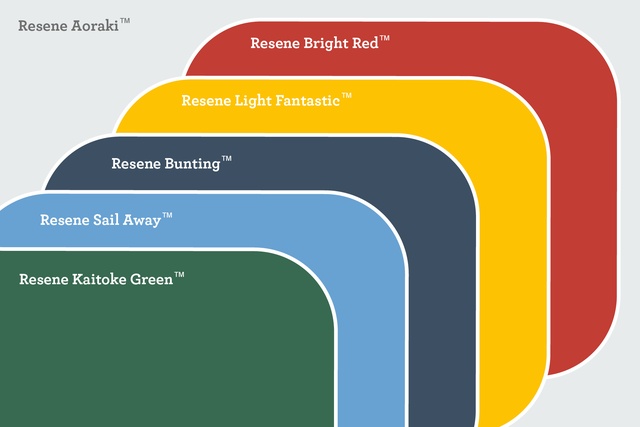
See more from the On the Rise series here.

